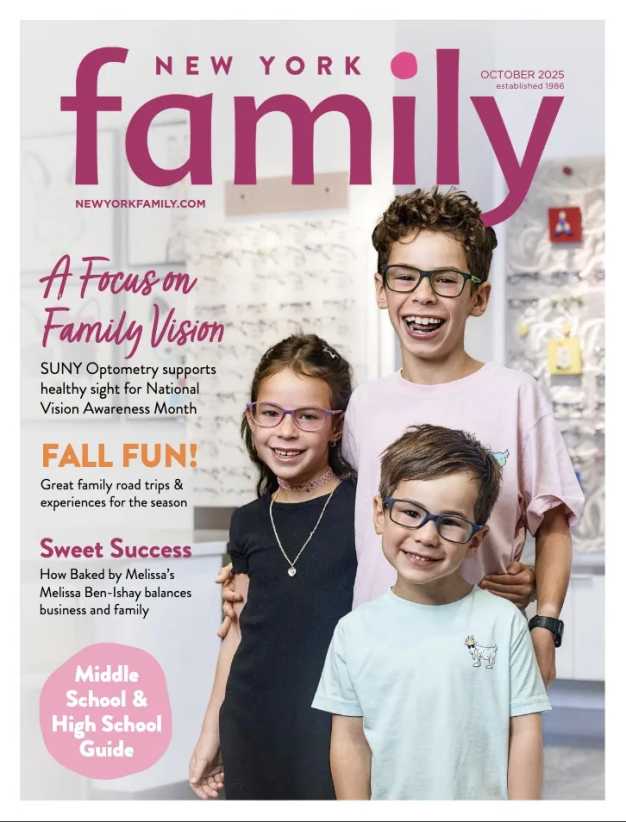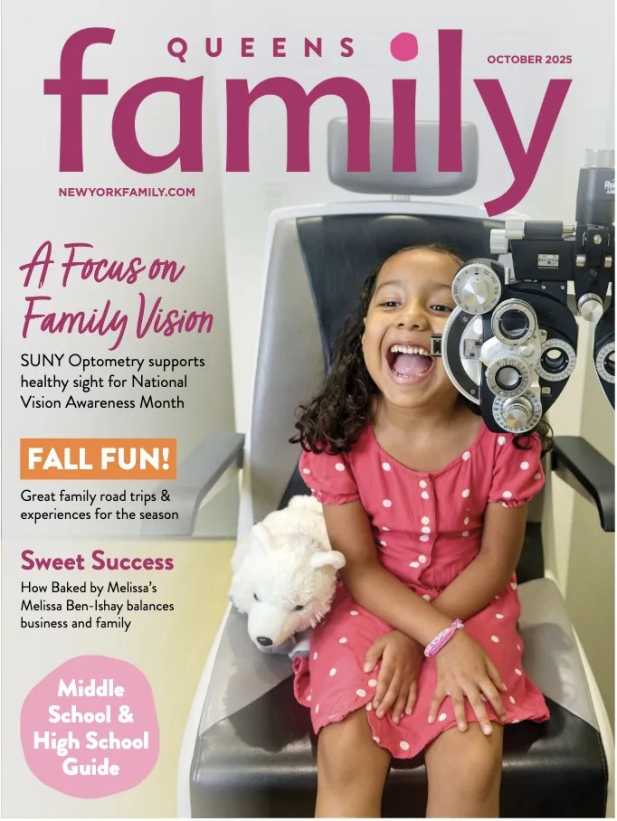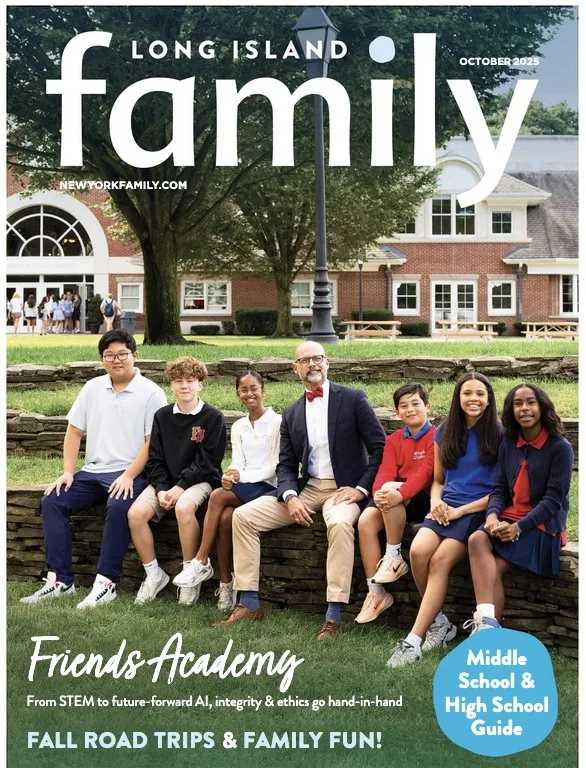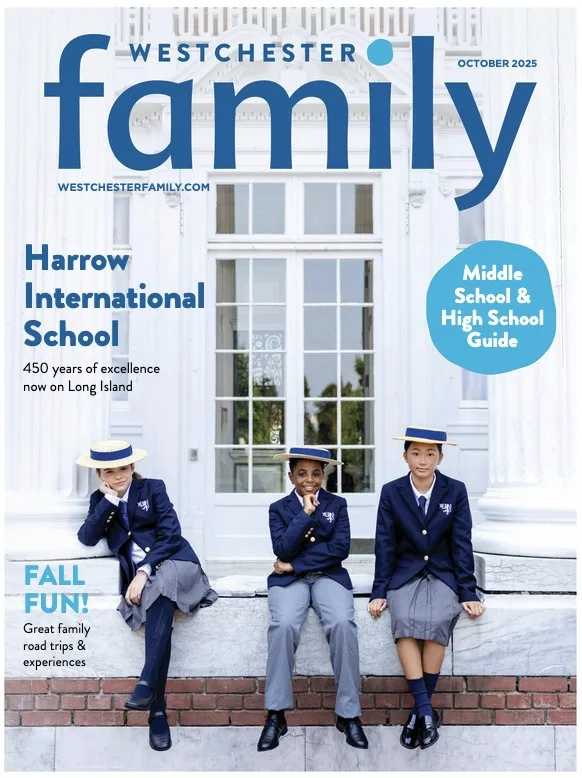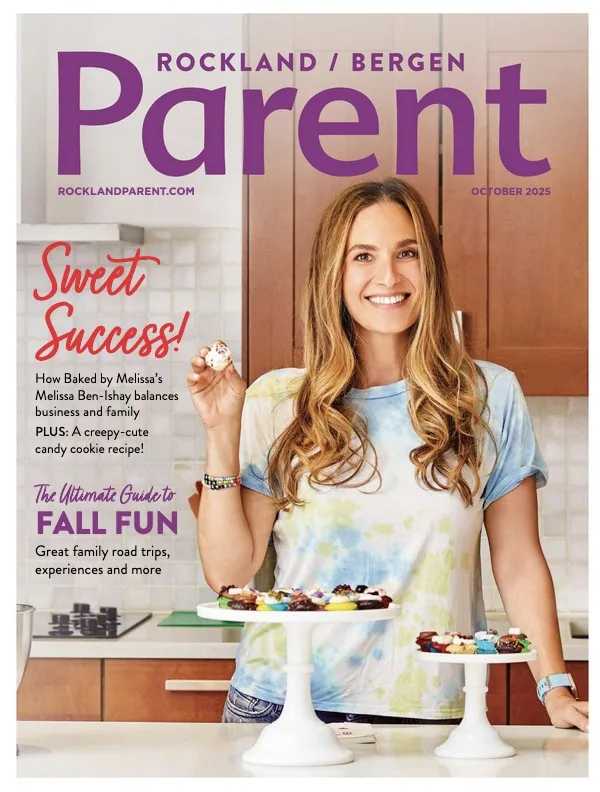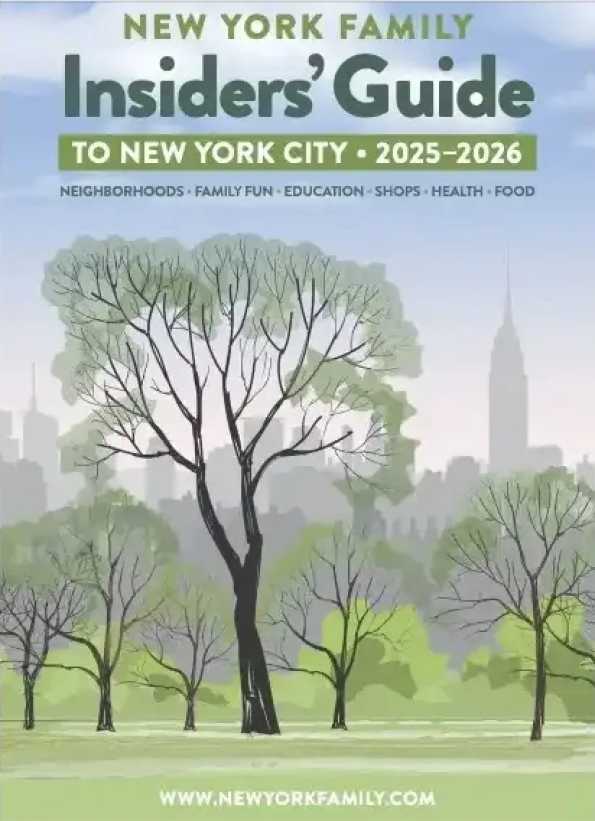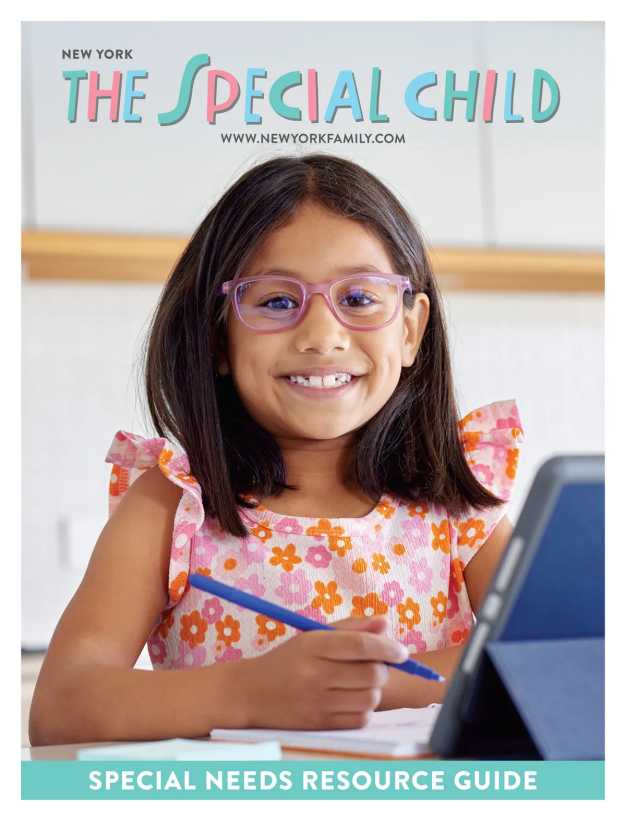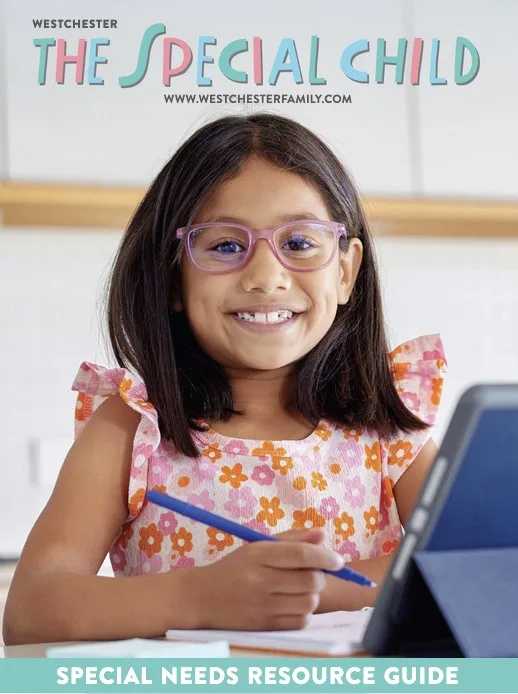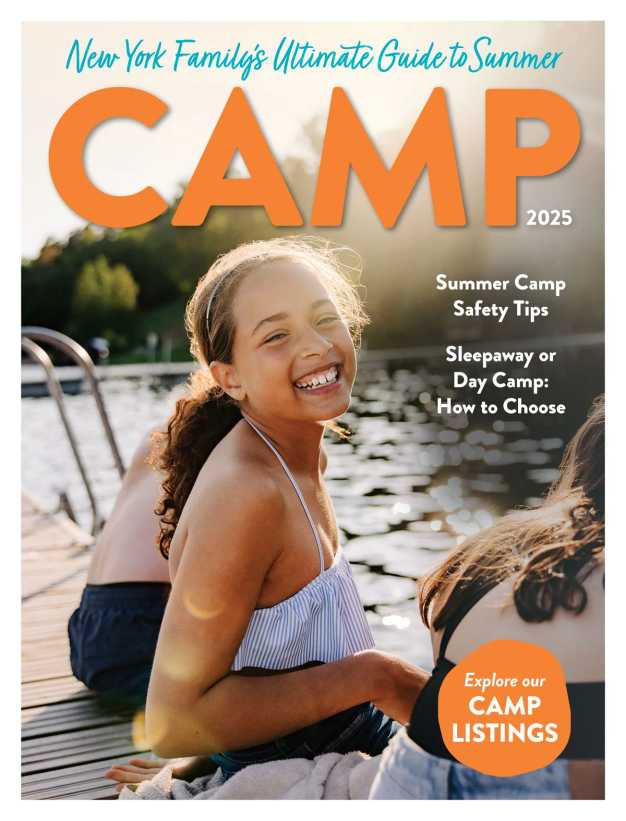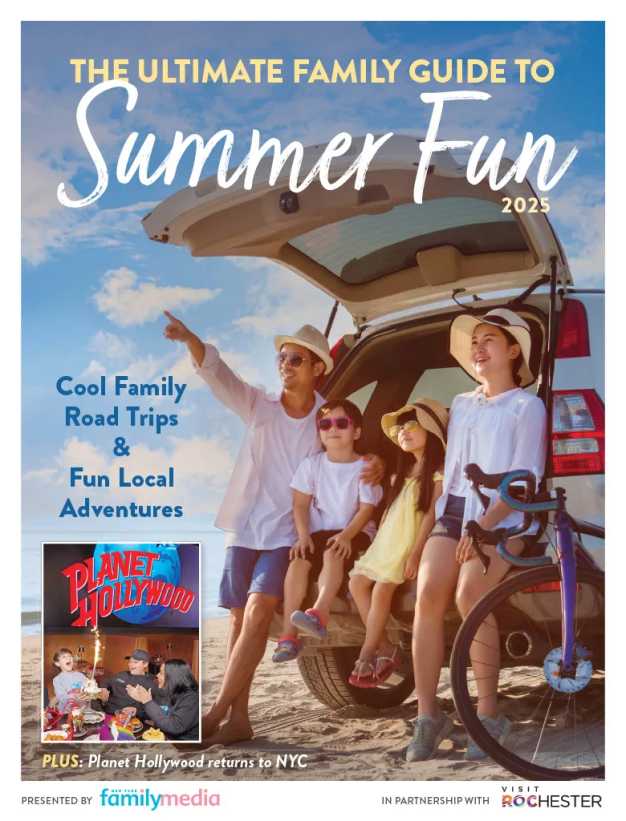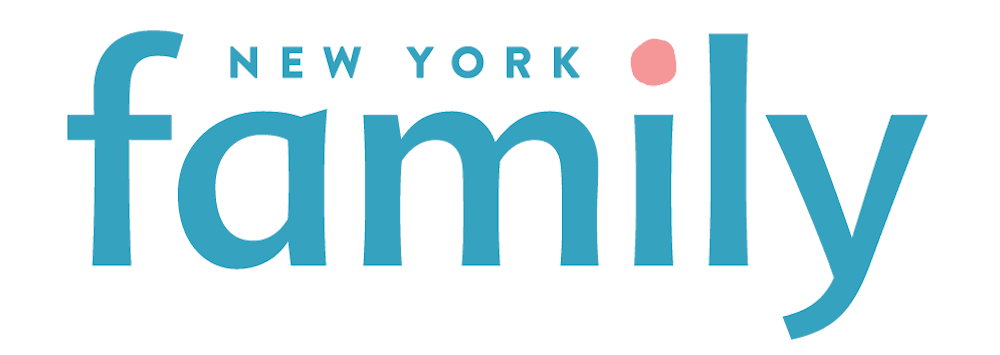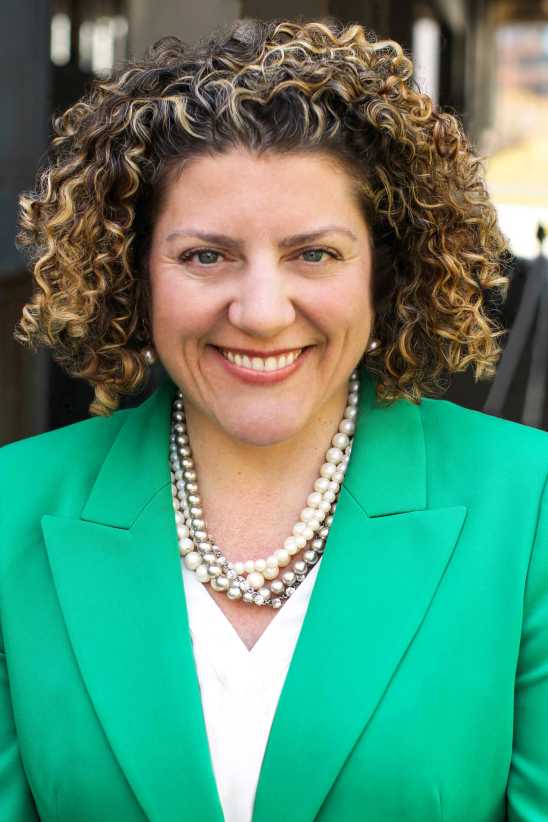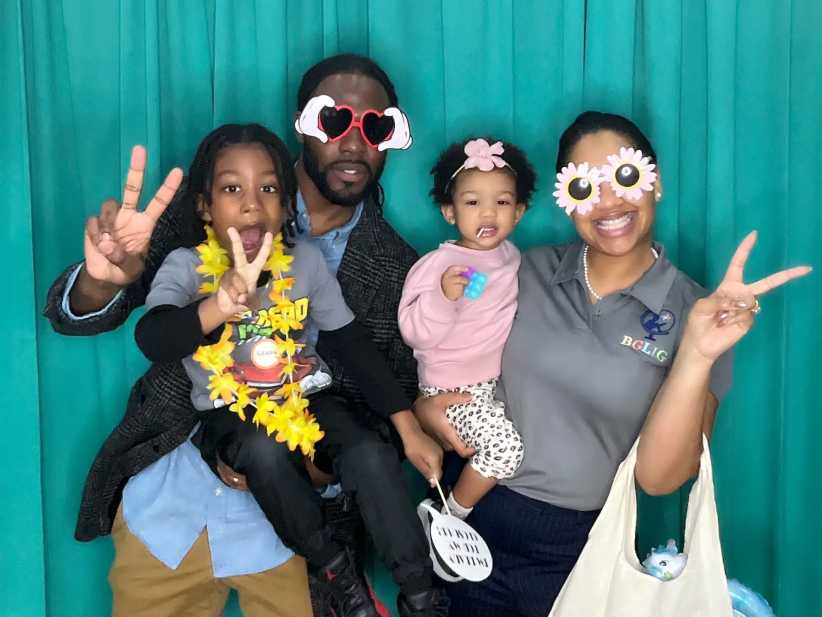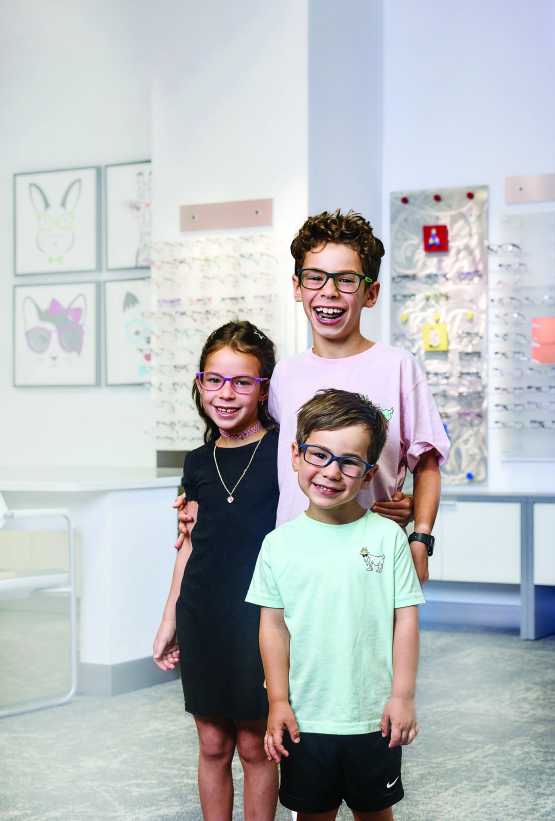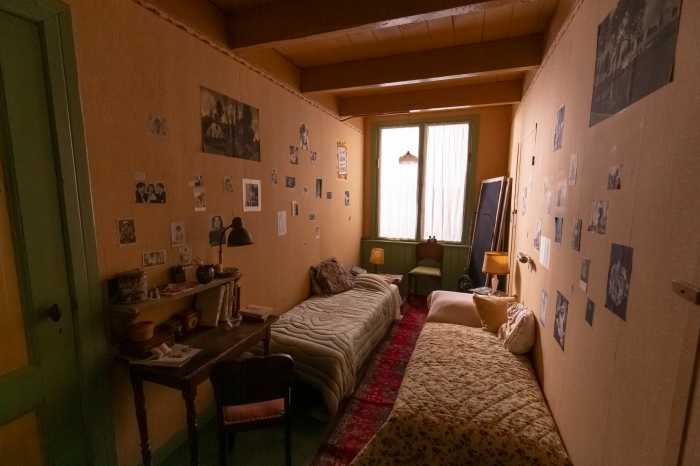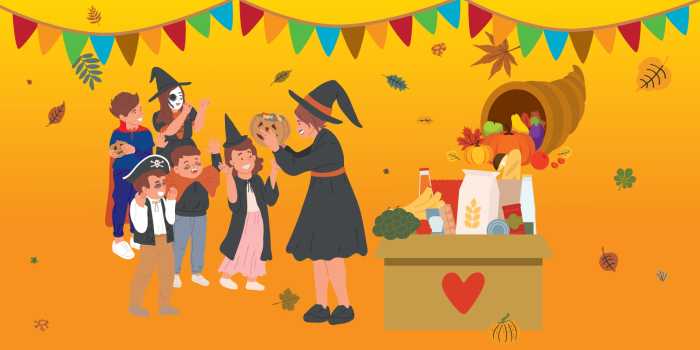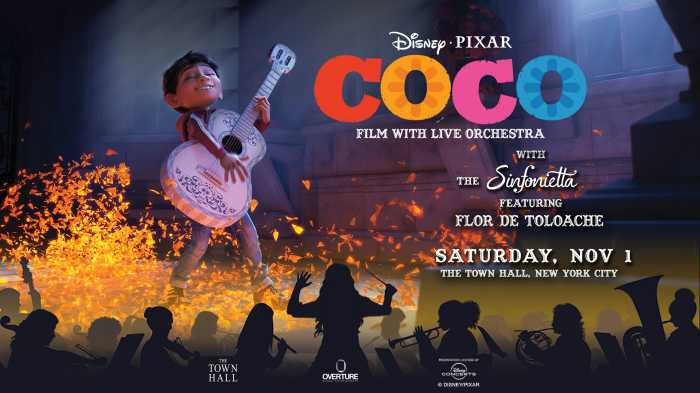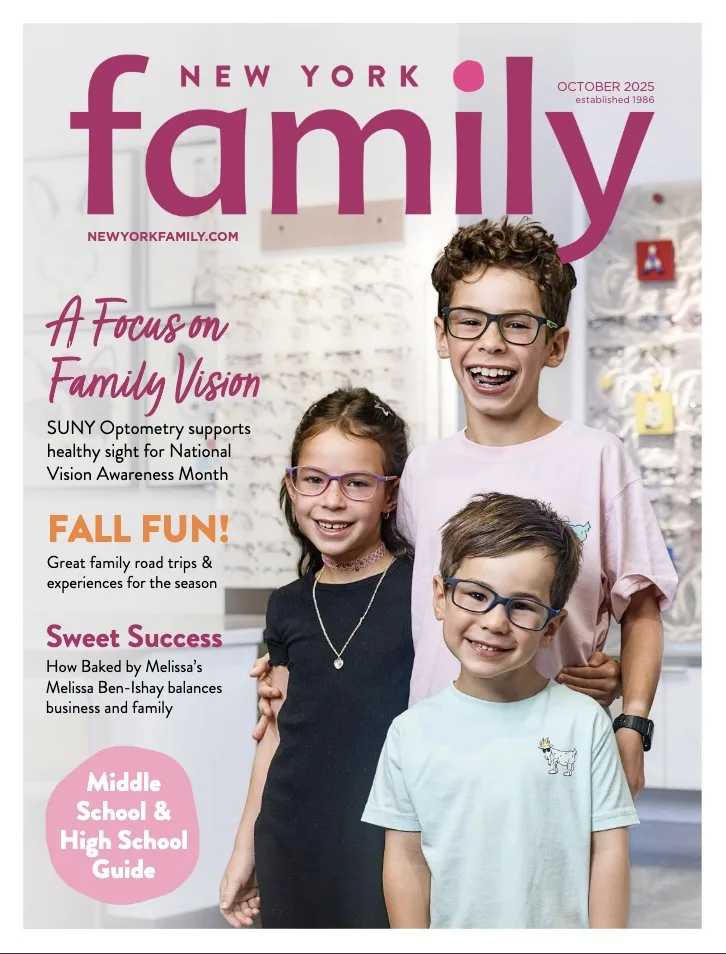
Even though schools have been teaching science, technology, engineering, and math for about as long as these subjects have existed, suddenly everyone seems to be adding a big dose of STEM to their schools. To find out what STEM’s all about, we turned to two great sources. Kim Magloire, the founder of SciTech Kids, which offers enrichment classes in science and technology for children from 3-12, and Eric C. Nastasi, Esq., director of advancement at the Smithsonian Science Education Center, whose STEM-based curriculum is used in schools across the country, and locally at the Alexander Robertson School. We also spoke with educators at two local schools—the Hewitt School and the Rodeph Sholom School—to get a sense of what STEM really looks like in the classroom.
What does STEM commonly mean?
Kim Magloire: STEM is an acronym that stands for science, technology, engineering, and mathematics. Traditionally, math and science have been taught separately and most of the time are independent from each other. A STEM curriculum combines science, math, engineering, and technology into an integrated learning experience. Basically, students participate in project-based, collaborative activities that require them to apply STEM topics to understand and solve real-world problems.
Why is STEM important?
Eric Nastasi: We live in an era of constant scientific discovery and technological change. STEM education equips us with opportunities to improve life for people across the world, and chances to be better stewards of our natural resources. As our economy increasingly depends on these revolutionary new advances, many new jobs will be created in STEM fields. If we are to stay competitive as a nation, then we need to build a scientifically literate citizenry and a bank of highly skilled, STEM-literate employees. In 2011, 26 million US jobs (about 20 percent of the workforce) required in-depth knowledge in at least one of the STEM fields. However, these STEM jobs are not just growing for those with higher educational degrees. In a report titled “The Hidden STEM Economy,” the Brookings Institution states that “half of all STEM jobs are available to workers without a four-year college degree, and these jobs pay… 10 percent higher than jobs with similar educational requirements.”
Is one of STEM’s overriding impulses a feeling that, beyond early exposure, subjects like science and technology can be better taught to children, and made more inviting, relevant, and fun?
KM: Absolutely! Research shows that, by the time children reach the third grade, many are turned off to science because they find it difficult, dull, or confusing. Suddenly science involves the rote memorization of facts and is no longer fun or relevant. Young children need to experience science and math as an engaging, collaborative process of inquiry and discovery. When children are placed in the role of an investigator, and immersed in hands-on activities that draw upon their sense of curiosity, they learn these subjects better.
How’s a parent to know whether a school or program is doing a good job of introducing STEM or is just kind of riding the trend in a superficial way?
KM: As a parent, the key to identifying a high-quality STEM program is to ask the following questions: Are students encouraged to explore and come up with ideas? Does the program engage students in the scientific or design process? Do students address a real-world problem? Do they work in teams to solve this problem? Are there multiple possible solutions? And are the principles of STEM (critical thinking, asking good questions, observation, and exploration) truly at the heart of every discipline? If so, you are dealing with a quality STEM-based program. Another question to ask would be if the teachers received any professional development and ongoing support. And does the school have outside partners such as universities, STEM-based companies, or businesses?
EN: Parents also need to know that they are critical in ensuring quality STEM education. When you see a school or district with a thriving, fruitful STEM curriculum, you can bet that a community of active and passionate parents is behind it.
For more on SciTech Kids, visit sci-techkids.com; for more on the Smithsonian Science Education Center, visit ssec.si.edu.
STEM In Action
From Chris Weaver, the STEM coordinator and chair of the science department at the Hewitt School: “We like to teach [STEM] in a way that brings the disciplines together and encourages students to solve real problems. One great example with younger students was a school day in which parents were invited into the lab to work with the third grade students. The students were given simple circuits, lights, batteries and other basic components—including art supplies—and were asked to make things. They were the leaders, the parents were their assistants. Well, they made helicopters, kinetic sculptures, one girl made something we called a Confetti Shooter. And though it was all good fun, it was also a wonderful experience in STEM learning—engineering, design, science—and problem solving.”
From Laurie Piette, the director of studies at the Rodeph Sholom School: “Stem is infused throughout our curriculum. We’ve even changed the name of their science fair to a STEM Expo, requiring projects that reflect range of skills that STEM requires. The idea is to use technology to deepen the curriculum in ways that expand our students’ understanding of topics (not to mention their 21st-century skills at presentation). At the same time, we’re very concerned about digital citizenship, and digital misuse. There is a difference between mindless screen time and developing concrete ideas through technology that help children learn productively.”
For more on the Hewitt School, visit hewittschool.org; for more on the Rodeph Sholom School, visit rodephsholomschool.org.
